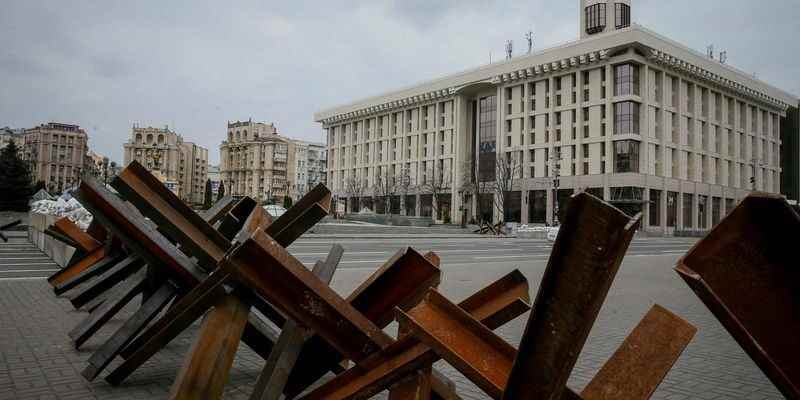Bondholders have until 5 p.m. New York time (2100 GMT) on Tuesday to decide whether or not to back the proposal from the Ukrainian government, which faces a monthly funding shortfall of $5 billion and pressure on liquidity following the invasion of Russia on February 24. Time is precious: the country has a billion dollar bond due September 1st.
Creditors will likely wait until relatively close to the deadline to vote, said a person familiar with Ukraine thinking. Investors should support the debt freeze, the person added.
When announcing her proposal, Ukrainian Finance Minister Sergii Marchenko said she had “explicit indications of support” from some of the world’s biggest investment funds, including BlackRock, Fidelity , Amia Capital and Gemsstock.
Creditors of Ukravtodor and Ukrenergo, two public companies whose debt is guaranteed by the government, also have until August 9 to vote on a plan similar to the sovereign plan.
IS IT A NON-PAYMENT?
The two-year moratorium on foreign debt payments would allow Ukraine to avoid a contractual or legal default because any change in the terms of the bonds would have the backing of creditors, law professor Rodrigo Olivares-Caminal told Reuters. Banking and Finance at Queen Mary University of London.
However, creditors might ask whether default insurance, known as credit default swaps (CDS), should come into play, as a payment deferral could be considered a credit event by International Swaps. and Derivatives Association (ISDA).
Investors are sitting on about $221 million in Ukraine debt insurance, according to Depository Trust & Clearing Corporation (DTCC) CDS data.
Credit rating agencies could also classify this situation as a “selective default” or a “default”.
“A contractual default, a credit event and a credit rating default are three different, albeit related, concepts,” Olivares-Caminal said. “Incurring one of the three does not mean that the other two will trigger.”
While investors are expected to back the freeze, it is unclear whether the country may still need medium-term debt restructuring.
“It’s just a pause button – we don’t know what state Ukraine will be in a few months or a few years from now,” said Luis Peixoto, emerging markets economist at BNP Paribas London. “Investors are already preparing for debt restructuring.”
Dollar-denominated bonds trade at very low prices, some as low as 17 cents on the dollar.
War-battered, which Russia describes as a “special military operation”, Ukraine faces an economic contraction of 35-45% in 2022, according to government and analyst estimates, and relies heavily on foreign funding from its partners Westerners.
Ukraine aims to conclude an agreement for a program of 15 to 20 billion dollars with the International Monetary Fund before the end of the year.
Ukraine restructured its debt in 2015 after an economic crisis linked to a Russian-backed insurgency in its industrial east. The deal left it with a slew of payments due annually between 2019 and 2027, and it returned to international markets in 2017 with a $3 billion hard currency debt issue.
For the foreign debt freeze plan to be successful, the so-called consent solicitation requires the support of investors holding two-thirds of the 13 Eurobonds maturing between 2022 and 2033, and at least 50% of the holders of each bond .
The government has launched a separate bid on its $2.6 billion of outstanding GDP warrants, a derivative security that triggers payments tied to its economic growth.
At the end of July, the Ukrainian public energy company Naftogaz became the first Ukrainian government entity to default since the beginning of the Russian invasion. Naftogaz’s bonds are not guaranteed by the sovereign.
